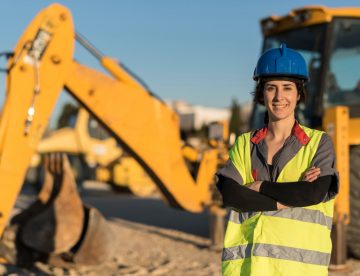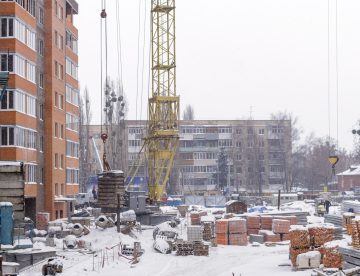
A new England-wide employment scheme is looking to encourage more women to join the residential construction workforce and especially to go into site management roles.
Launched by the Home Builders Federation and the not-for-profit organisation, Women Into Construction, the scheme is offering women work placement opportunities on sites with access to support with childcare and training costs. The hope is that this will have the duel effect of reducing skills shortages in the industry and rebranding construction as a rewarding and practical career opportunity for people from all walks of life. Read on for more details…

Known as ‘Twelfth Night’, today officially marks the end of the festive period. For most people, this means that the lights and decorations will have been packed away, the chocolate box will be reduced to a few strawberry creams and normal working/ school days will have resumed.
While the return to a normal routine can feel like a natural comfort zone, for many people the prospect of the cold, dark winter months ahead can bring a dose of the blues and a lack of motivation that affects their personal and working lives.
If that’s you right now, here are a few tips for how you can stay motivated at work this January.

The recent cold snap is a reminder to us that working outdoors in such conditions is not exactly the most pleasant thing any of us could be doing and that, once again, it’s time for our industry to brace itself for the winter months ahead.
During these months, we all need to be aware of the potential hazards that come with harsher weather, recognise that some tasks could take longer to complete and be prepared to make adaptations when planning work activities.
If you’re working on site this winter, here’s our handy guide to surviving the cold.

On Saturday, Sheriff Construction’s team members, their families and others who work alongside us came together for the annual Christmas bash.
Held at Venue 360’s Balcony Bar, it was a night of eating, drinking and of course dancing! Around 80 people came along and, as always, it was great to see everyone enjoying the festivities. Our thanks to everyone who joined us for this brilliant night out.
Although there are a few weeks left of 2022, whenever we host this party, it always seems like the right time to reflect on the year gone by. Once again it has been a busy year with lots of changes and some ups and downs in Sheriff’s world. In this week’s blog, we’ve picked out some of our highlights.
